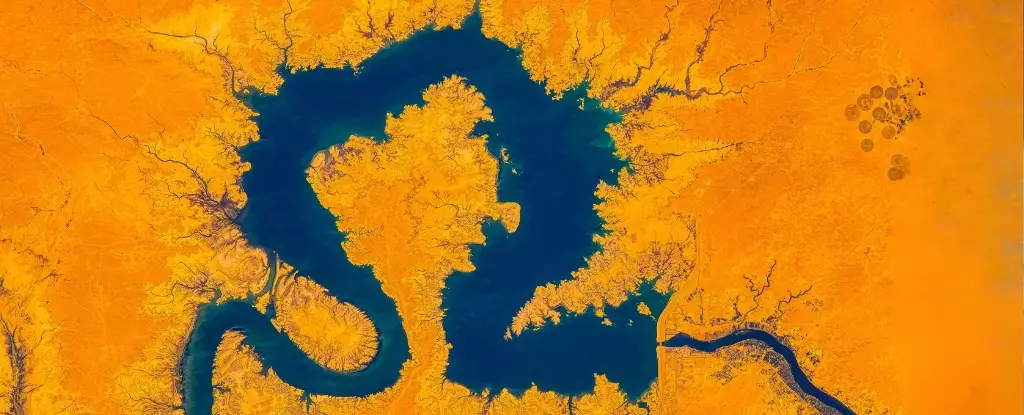In recent years, the narrative surrounding environmental change has predominantly centered around climate crisis, pollution, and habitat destruction. However, an often-overlooked aspect is the profound impact humans are exerting on Earth’s very geological and magnetic fabric. The recent findings by geophysicists highlight how human activities—specifically the construction of thousands of dams—are subtly yet significantly altering our planet’s fundamental characteristics. These changes challenge the notion of Earth as a resilient, unchanging sphere, revealing instead a fragile system responsive to human intervention. Such revelations should serve as a sobering wake-up call that humanity, for all its ingenuity, is now an active force capable of reshaping planetary processes in unpredictable ways.
The Masquerade of Progress and Its Hidden Consequences
While dams symbolize human progress—powering cities, supporting agriculture, and fueling economic growth—they carry complex repercussions that are rarely acknowledged in mainstream discourse. The colossal volume of water stored behind these structures isn’t merely a local utility measure; it translates into a global phenomenon. The researchers’ calculation that water impounded by nearly seven thousand of the world’s largest dams has shifted Earth’s rotational axis by about one meter underscores how the aggregate of human infrastructure can influence planetary systems. The effects extend beyond localized water management, impacting sea levels and even Earth’s magnetic poles.
The redistribution of mass through damming causes Earth’s surface to reorient slightly, a process known as true polar wander, which fundamentally alters our planet’s orientation in space. This means that what we perceive as the fixed North is, in reality, a surface-based illusion—Earth’s surface has shifted, but the magnetic poles remain relatively stable within the planet’s interior. This intricate dance between surface and core interactions illustrates how human actions ripple through Earth’s systems in ways that are invisible yet profoundly tangible.
Implications for Climate, Navigation, and Our Planet’s Future
The implications of these findings extend beyond academic curiosity. The ongoing shift affects sea levels, displacing water—in some regions by over 21 millimeters—modulating local and global sea rise forecasts. Interestingly, this human-induced water trapping temporarily offsets some of the sea level rise driven by climate change, but this should not be mistaken as a positive outcome. Instead, it emphasizes the complexity of Earth’s responses and the potential for miscalculations in future climate models if such factors are disregarded.
Moreover, shifts in Earth’s magnetic poles influence navigation systems, satellite communication, and even migratory patterns of animals that rely on magnetic cues. As human activities continue to modify the planet in subtle ways, the risk of unintended consequences increases. We risk creating a scenario where technological and ecological systems, already strained by climate change, are further destabilized by our own dynamic footprint.
A Call for Responsible Stewardship in a Fragile World
What does this mean for us? It demands greater responsibility and more sophisticated understanding of anthropogenic impacts. Our capacity to engineer and manipulate Earth’s systems must be balanced with humility, acknowledging that we are not separate from the planet but an integral part of its evolutionary narrative. We must move beyond traditional environmental concerns and recognize that our infrastructural footprint can influence Earth’s magnetic, gravitational, and rotational stability.
Many may argue that such complex phenomena are too remote or insignificant compared to more immediate crises like temperature rise or habitat destruction. However, ignoring these subtle but powerful influences risks underestimating the cumulative burden we place on Earth. Our environmental stewardship requires a holistic perspective—considering not only visible emissions and deforestation but also the less obvious, yet no less critical, shifts in Earth’s very foundational processes. Only through this introspective approach can we begin to mitigate our inadvertent role in shaping the planet’s future, ensuring that our interventions do not come at the expense of the Earth’s fragile equilibrium.

Leave a Reply